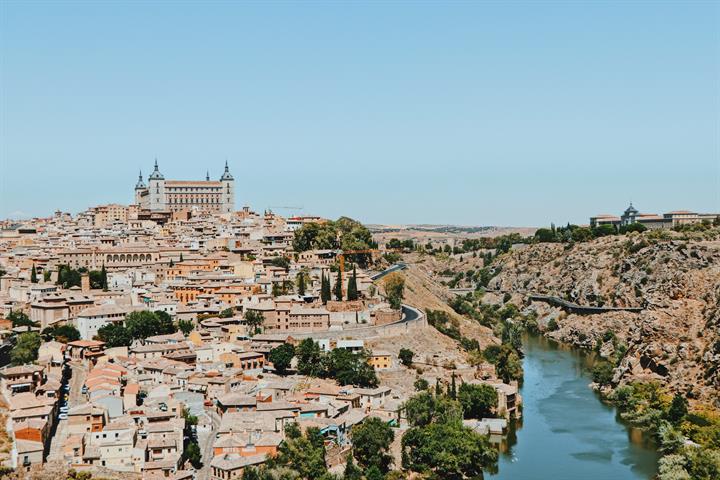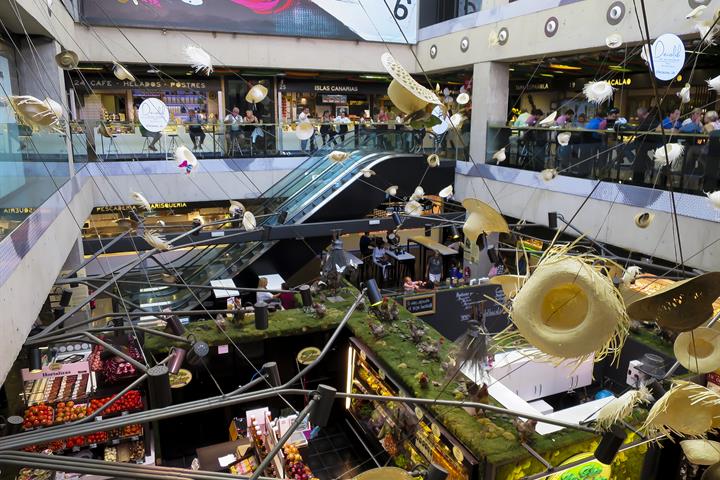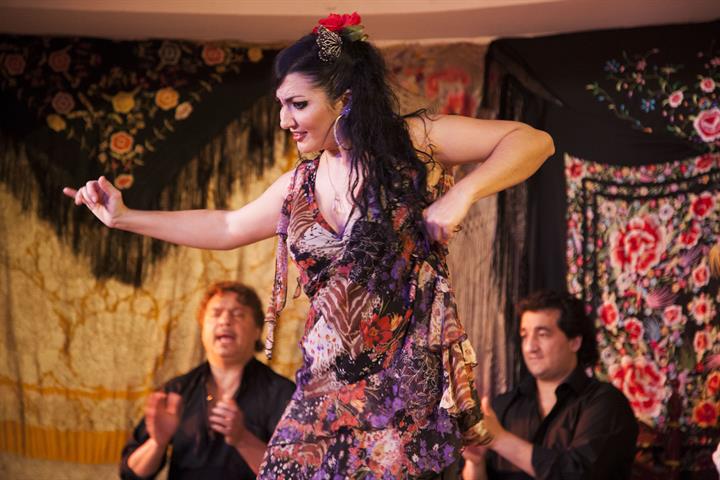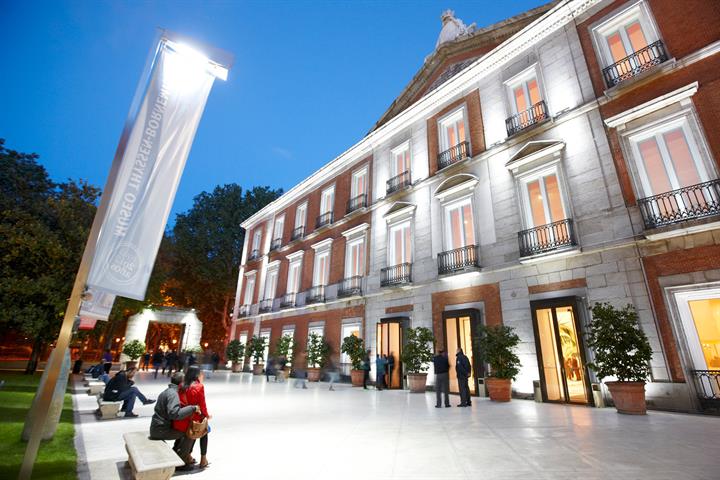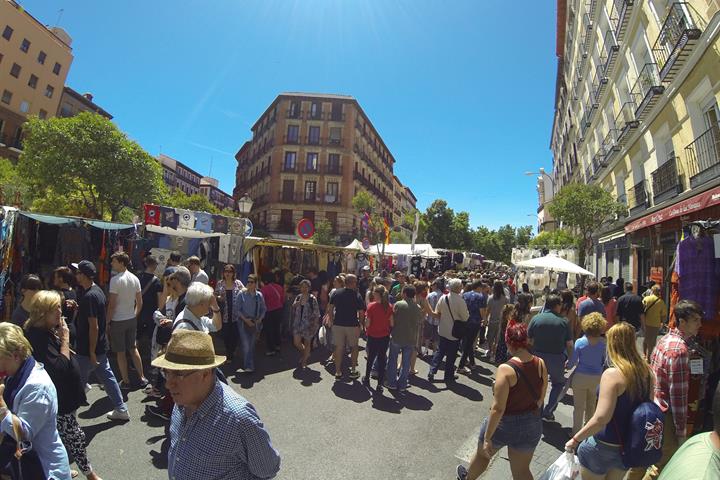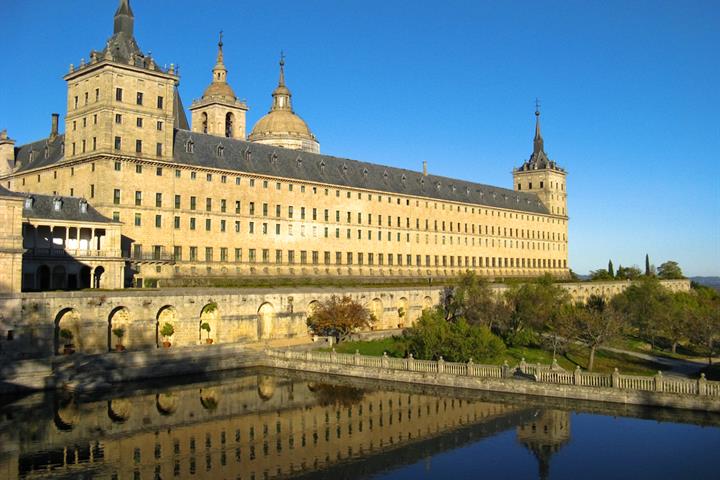Madrid region travel information and video
Holiday information, facts, photos and video about Madrid region
Featured holiday homes in Spain
Things to do while you are here
Exciting places to visit in Madrid region
Reviews for Madrid region
Average overall ratings - Based on 39 reviews.
City
| City: |
Submitted by: Ivette Grau
22. Nov 2021
This review is in English
This review is in English
Report abuse
You found this abusive
| City: |
Submitted by: Benito
9. Sep 2021
This review is in English
This review is in English
Report abuse
You found this abusive
| City: |
Submitted by: TestDavielBP
9. Sep 2021
This review is in English
This review is in English
Report abuse
You found this abusive
| City: |
Submitted by: Benito
9. Sep 2021
This review is in English
This review is in English
Report abuse
You found this abusive
| City: |
Submitted by: Matthew Heaton
13. Jul 2021
This review is in English
This review is in English
Report abuse
You found this abusive
| City: |
Submitted by: Béatrice
23. Sep 2020
This review is in English
This review is in English
Report abuse
You found this abusive
| City: |
Submitted by: Mike Biggs
2. Oct 2019
This review is in English
This review is in English
Report abuse
You found this abusive
| City: |
Submitted by: Test Test
16. Aug 2019
This review is in English
This review is in English
Report abuse
You found this abusive
| City: |
Submitted by: Margriet Rietdijk
8. Aug 2019
This review is in English
This review is in English
Report abuse
You found this abusive
| City: |
Submitted by: Jacqueline Loerakker
27. Oct 2018
This review is in English
This review is in English
Report abuse
You found this abusive
| City: |
Submitted by: Gerard van riel
1. Oct 2018
This review is in English
This review is in English
Report abuse
You found this abusive
| City: |
Submitted by: Cristina Gómez
20. Sep 2018
This review is in English
This review is in English
Report abuse
You found this abusive
| City: |
Submitted by: Margit Kehler Holst
14. Jul 2018
This review is in English
This review is in English
Report abuse
You found this abusive
| City: |
Submitted by: Elina Viitanen
2. May 2017
This review is in English
This review is in English
Report abuse
You found this abusive
| City: |
Submitted by: Dubravko Garbin
7. Apr 2015
This review is in English
This review is in English
Report abuse
You found this abusive
| City: |
Submitted by: Even Tidemann
12. Nov 2014
This review is in English
This review is in English
Report abuse
You found this abusive
| City: |
Submitted by: malcolm and brenda berry
24. Oct 2014
This review is in English
This review is in English
Report abuse
You found this abusive
| City: |
Submitted by: Eva
26. May 2014
This review is in English
This review is in English
Report abuse
You found this abusive
| City: |
Submitted by: Tim
15. Jun 2013
This review is in English
This review is in English
Report abuse
You found this abusive
| City: |
Submitted by: arkadi
20. Sep 2012
This review is in English
This review is in English
Report abuse
You found this abusive
